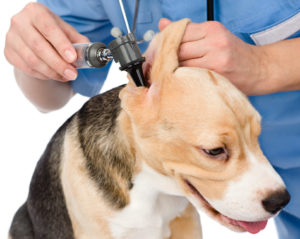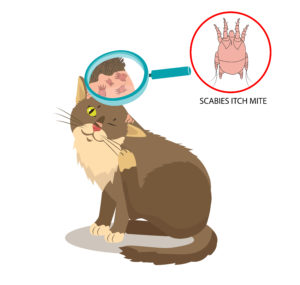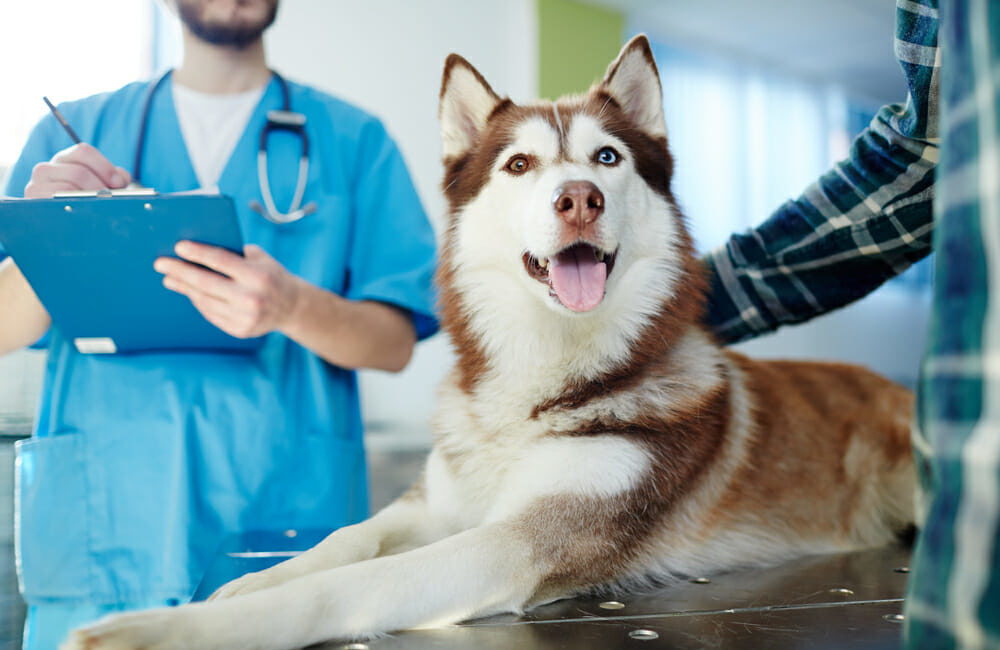Your veterinarian will want to collect a lot of information from you during the appointment. The more information you can provide will help them determine which diagnostic procedures and subsequently treatments they will recommend for your pet.
Be prepared to provide information about:
- Current concerns – what problems brought you to the vet, when they first started, any treatments you have tried or are currently using.
- Environmental history – travel history, exercise (swimming, beach, etc.), indoor vs outdoor or both, grooming/bathing, other pets and how is their skin, anyone in the house have skin conditions.
- Diet/Medications – what foods and snacks do you feed, including treats, human food, water intake, medicines, supplements/vitamins, flea/tick/dewormer medications (what and when last treatment).
Physical Exam and Diagnostic Testing
- The veterinarian will perform a physical exam to look for clinical signs that may be an underlying systemic problem that could be the cause for your pets skin condition. They will ask a series of questions regarding appetite, water intake, urination and bowel movements, energy, behaviour, vomiting, diarrhea, coughing, sneezing, lumps appreciated, etc.
- Hair may need to be clipped or trimmed to be able to inspect the underlying skin.
- Dermatologic exam – examine the hair coat, skin – visually and by palpation (touch)
Depending on what the veterinarian finds the following may be performed —
Ear exam with an otoscope (when indicated).

Skin scrapings to look for parasites (mites) under the microscope.

Using cotton swabs, tape or glass slides to collect material/cellular organisms from the skin to look for yeast, bacteria, fungi or parasites under the microscope.
Trichograms (microscopic examination of a few plucked hairs from the affected area).
Biopsy samples to be sent away for histologic diagnosis (pathologist looks at the tissue and provides a diagnosis of any disease process that is seen).
Samples sent away to a reference laboratory for fungal culture or cytologic identification to determine how best to treat (“culture and sensitivity”).
Blood work, urinalysis and other diagnostics tests.
Once the veterinarian has collected all necessary information and diagnostic results, they will have a better idea of the etiology (underlying cause) of your pet’s skin problem. They will work with you to formulate a treatment plan that may include additional diagnostics. Treatments commonly include — flea/tick/dewormers, oral medications that may include antibiotics, antifungals, anti-itch, antihistamines, topical medications, shampoo’s and a diet change if a food allergy is suspected as the underlying cause.
If you have any questions about the dermatologic exam, give us a call at 506-382-0061.
Written by: Dr. Nichelle Peck, DVM



